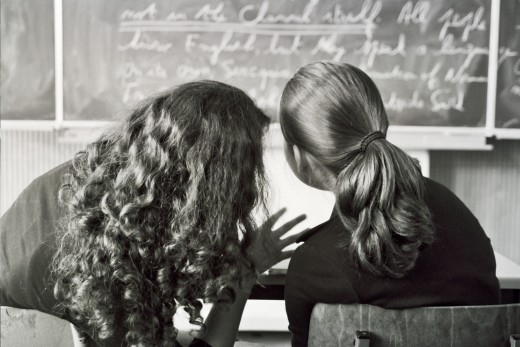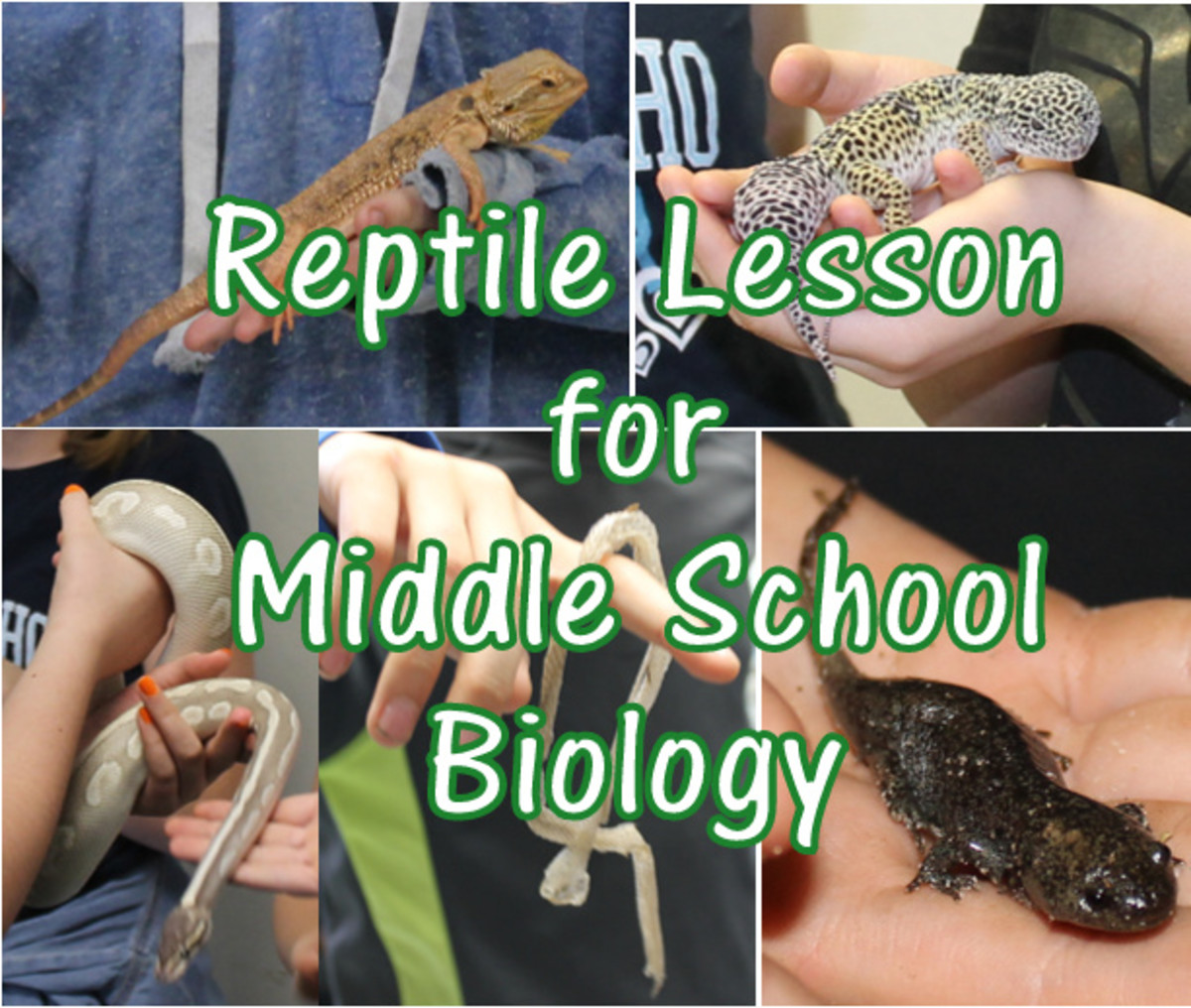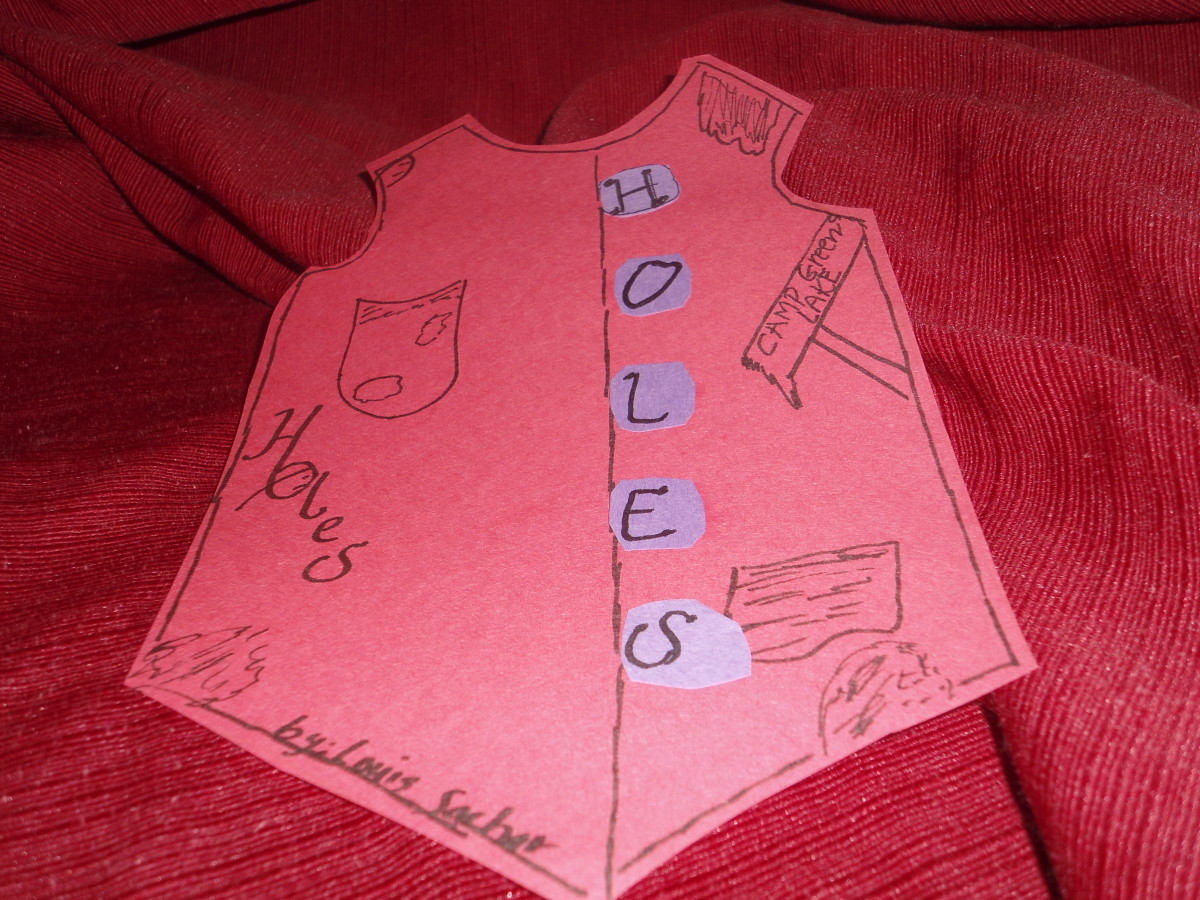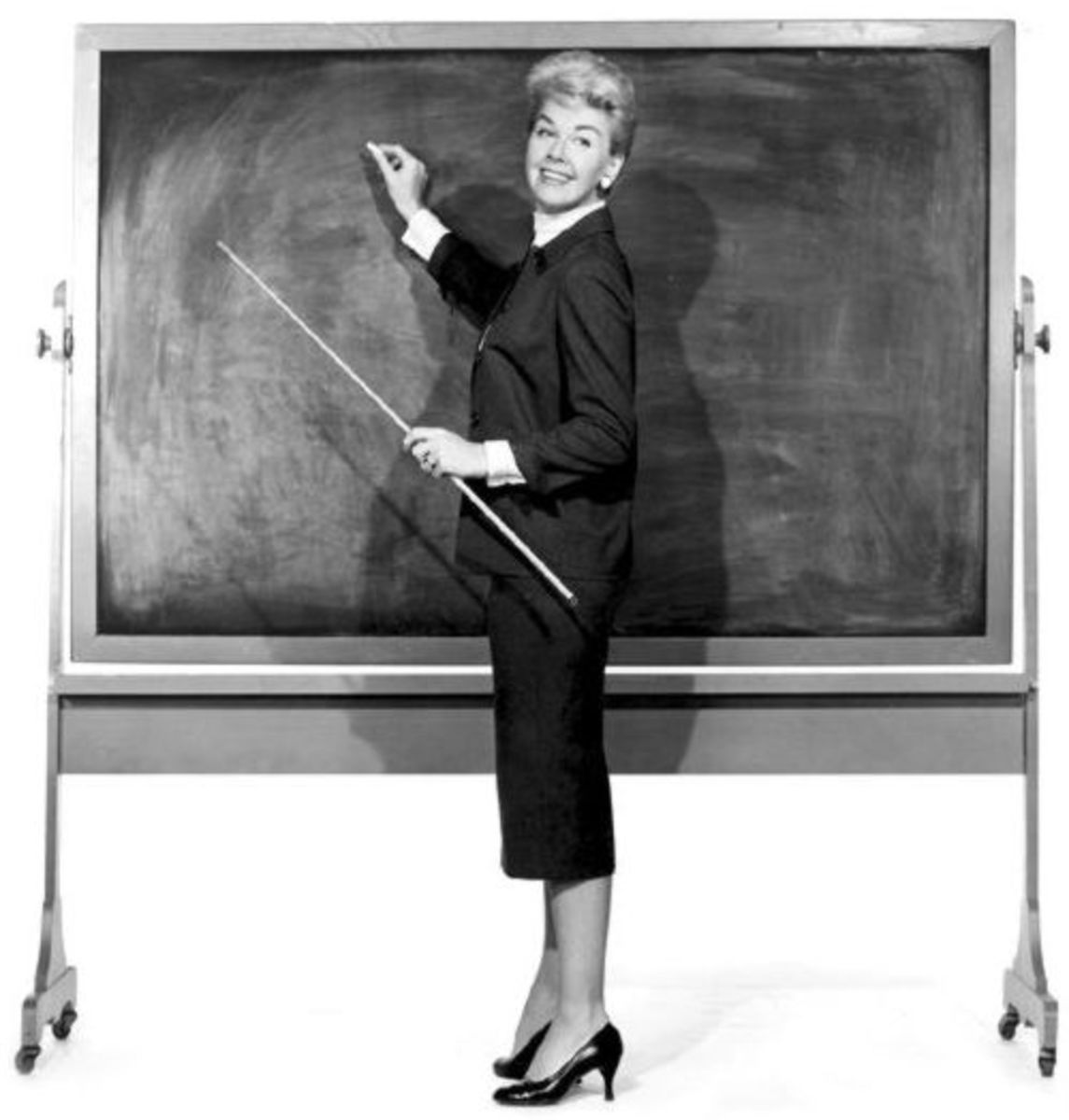Perspective Workshop for Middle School Students

Title: Infected Perspective
Length: 40 minutes
Vision: Students will understand the realities and misconceptions that influence their perspectives so they can learn to identify and not spread stereotypes, and carry on this learning to other situations.
Objectives
1. After youth consider the discussions they have had so far, each student
will identify (verbally or in writing/artistic expression) 2-3 specific steps that
they can take to better understand the facts/perspectives of others, rather
than believing in stereotypes and myths.
2. Students will practice the three effective communication techniques:
active listening, effective body language, and repeat-back.
Agenda
Warm-up (10 minutes; obj 2)
Introduction (5 minutes; obj 1)
Activity (15 minutes; obj 1, 2)
Reflection (10 minutes; obj 1, 2)
Explanations
Warm-up: What’s Your Story? 10 minutes
Keep students in their teams. They will each receive a small piece of paper. Explain that for the warm-up, each student is to write a brief story or experience that really happened to them. Have them give the slips of paper to their team leader(s). Redistribute the papers to the students so that they likely won’t get their own (if they get their own, have them switch with someone). One by one, have each student read the slip they received, and everyone has to guess whose it is. Repeat until everyone has read their slips. The point is for everyone to realize that they are using their judgments of people to make guesses as to what they have experienced in their lives.
Introduction, 5 minutes
“So the question we will address in this workshop is: What can we, as Young Heroes, do to better understand the realities and misconceptions that influence our perspective? Stereotypes are a big part of how we treat people, and we develop stereotypes in many ways and from many sources, like the media or family and friends. What we need to do is recognize stereotypes so we won’t create, use, or spread them. We also want to take the time to understand others and get to know them rather than rely on stereotypes. This is important if we’re going to help the homeless and stop poverty.”
Activity, 15 minutes
Play a couple of clips from popular movies to show examples of stopping stereotypes, including:
Being slow to judge a situtation until the facts are found out
Setting a good example for others
Talking directly to people who are being stereotyped (moccasins)
Not spreading stereotypes
Asking for the facts or “how do you know that?” when a stereotype is stated
Researching the facts
“Philadelphia” clip - http://www.youtube.com/watch?v=cl4B9AU45P4
“Can anyone see how this clip demonstrated stopping stereotyping? Who has seen Philadelphia? It is about a man, played by Tom Hanks, who was fired after being diagnosed with AIDS. The law firm held stereotypes about the disease and people who contracted it, and they even acted on it. Denzel Washington’s character was uncomfortable with it at first, but he took the time to learn the facts and get to know Andrew Beckett. He also set a good example for others.”
Remember the Titans clip - http://www.youtube.com/watch?v=E_HFCYz4x6o
“How about this clip? Has everyone seen this movie? The coach said right near the beginning that they needed to get to know each other to be a team. Though they didn’t like the idea at first, they saw beyond the stereotypes and became great friends, even during hardship.”
“Pursuit of Happyness”-http://www.youtube.com/watch?v=dLwjEtY4uas (Start at 2:45)
"I am sure you are all familiar with this movie starring Will Smith. Smith plays a very intelligent man who in this clip is unemplyed and is forced to seek refuge in the subway. Looking at Smith and his son in this film would you think that he is homeless? Why or why not?"
Finally, ask the students if they can think of any other ways that they can stop stereotyping. Also, they should be using effective communication.
Reflection, 10 minutes
For a quick reflection, have each student think of a time when they either perpetuated or stopped a stereotype in school, with friends, etc. with their teams. Which of the examples from the prior activity, if any, were involved? Also have them think of something they would do differently, if anything, or what the experience was like for them. After about five minutes, ask for a few people to share what they talked about in their teams.
- Learning to Give
Learning to Give, the curriculum division of The LEAGUE, is the world








